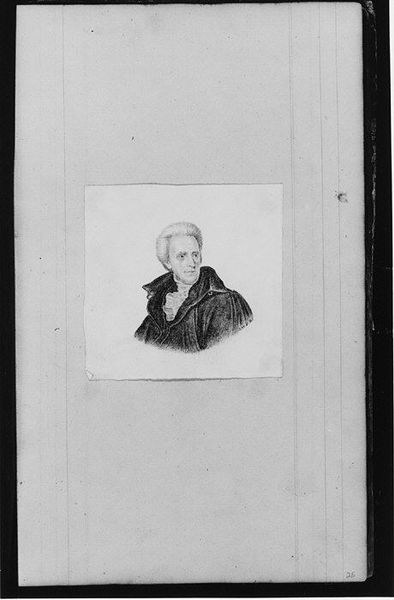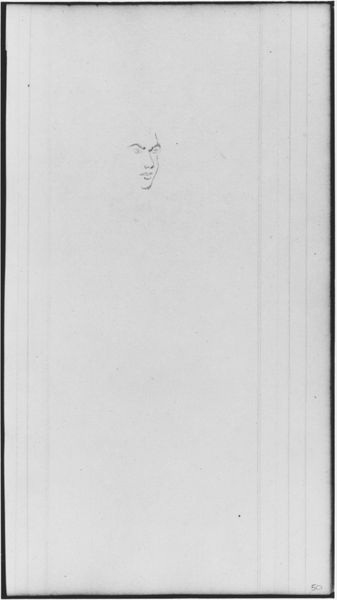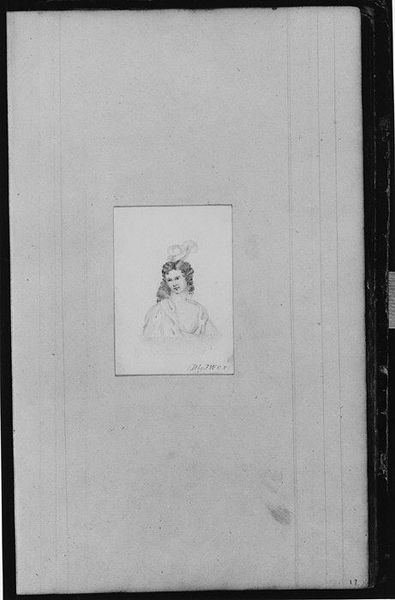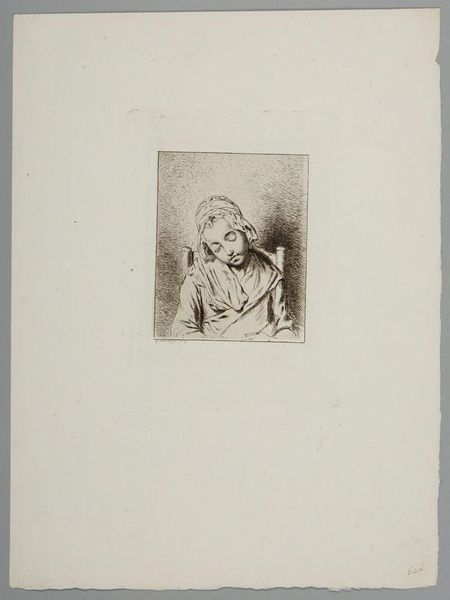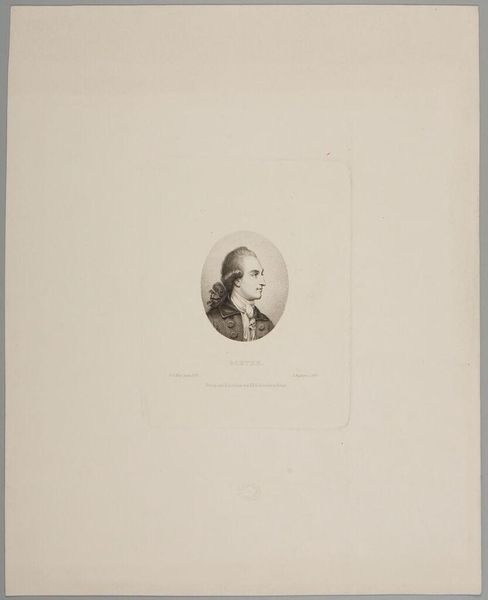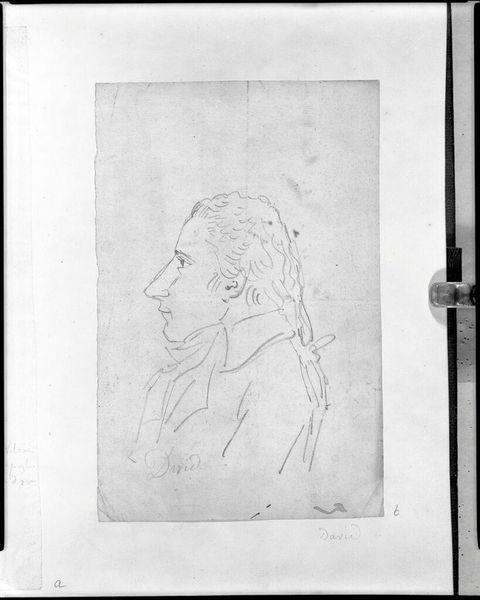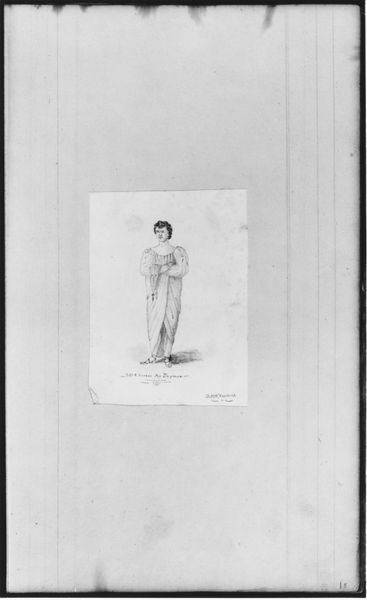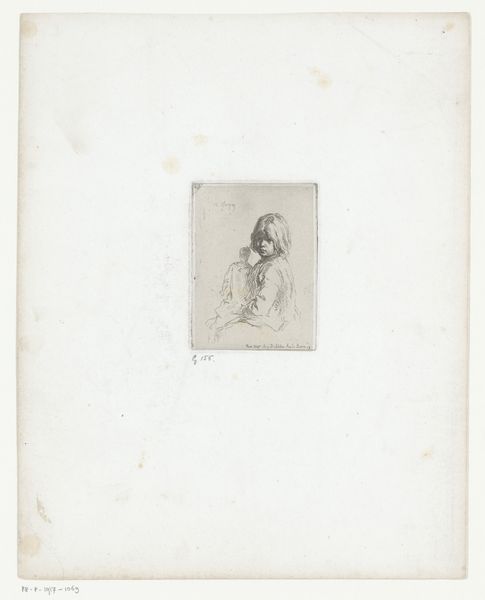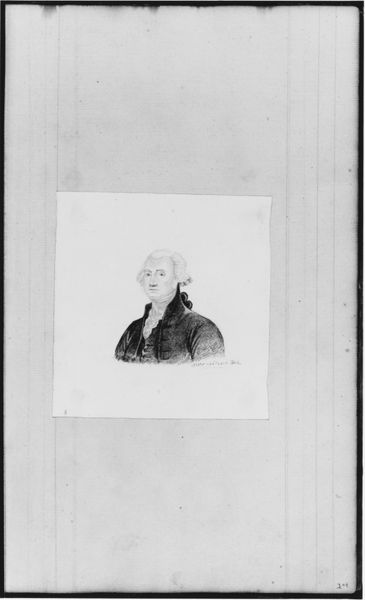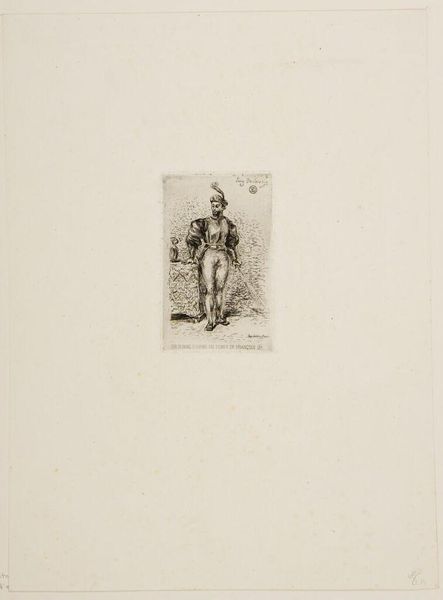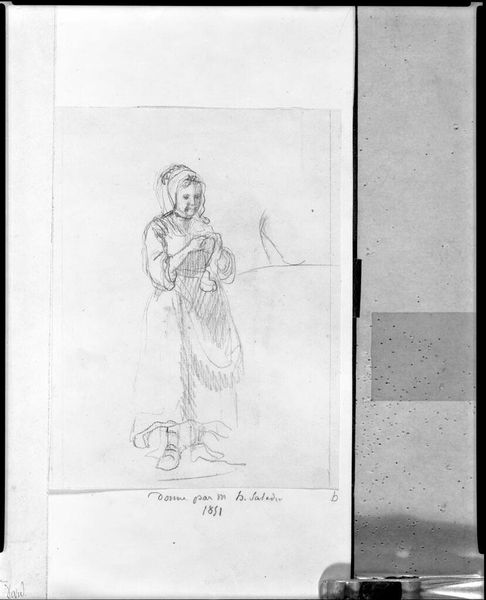
Sculpture Bust of Man (from Sketchbook) 1811 - 1893
0:00
0:00
Dimensions: Dimensions unavailable
Copyright: Public Domain
Curator: The artwork we're considering is "Sculpture Bust of Man (from Sketchbook)" by John William Casilear, dating from sometime between 1811 and 1893. It's currently held at the Metropolitan Museum of Art. Editor: This graphite drawing gives the impression of a sculptural bust, which I find so interesting given it’s rendered in pencil. The subtle gradations create form and volume. What strikes you about this piece? Curator: Note how the artist used line and shadow to convey volume and texture, not merely representation. The drawing exhibits a controlled tonal range; the hatching creates depth while adhering to a unified surface. Observe the distribution of light: where do highlights appear, and how do they delineate form? Does the restraint in shading lend a classical air? Editor: Yes, I see the areas of light around his face and the way the cross-hatching defines the drapery. It almost looks like he's trying to capture the essence of a marble sculpture through the means of a drawing. Curator: Precisely. And let's not overlook the 'preparatory' nature. This might not be about definitive representation, but more about formal investigation. Look closely; do you discern variations in line quality that could imply different levels of focus, of attention to certain areas over others? Editor: Definitely. It’s much more detailed around the face than around the shoulders. So you are seeing this piece not just as a portrait, but more as a study in form and light? Curator: Precisely. The effectiveness lies in its formal properties and in the semiotic tension between medium and subject. What will you take away from it? Editor: That's really helpful. I will definitely be considering this work’s texture and its structural components instead of focusing just on the subject. Curator: An artwork reveals new depths when you investigate its form, method and visual rhetoric rather than just the story or likeness.
Comments
No comments
Be the first to comment and join the conversation on the ultimate creative platform.

